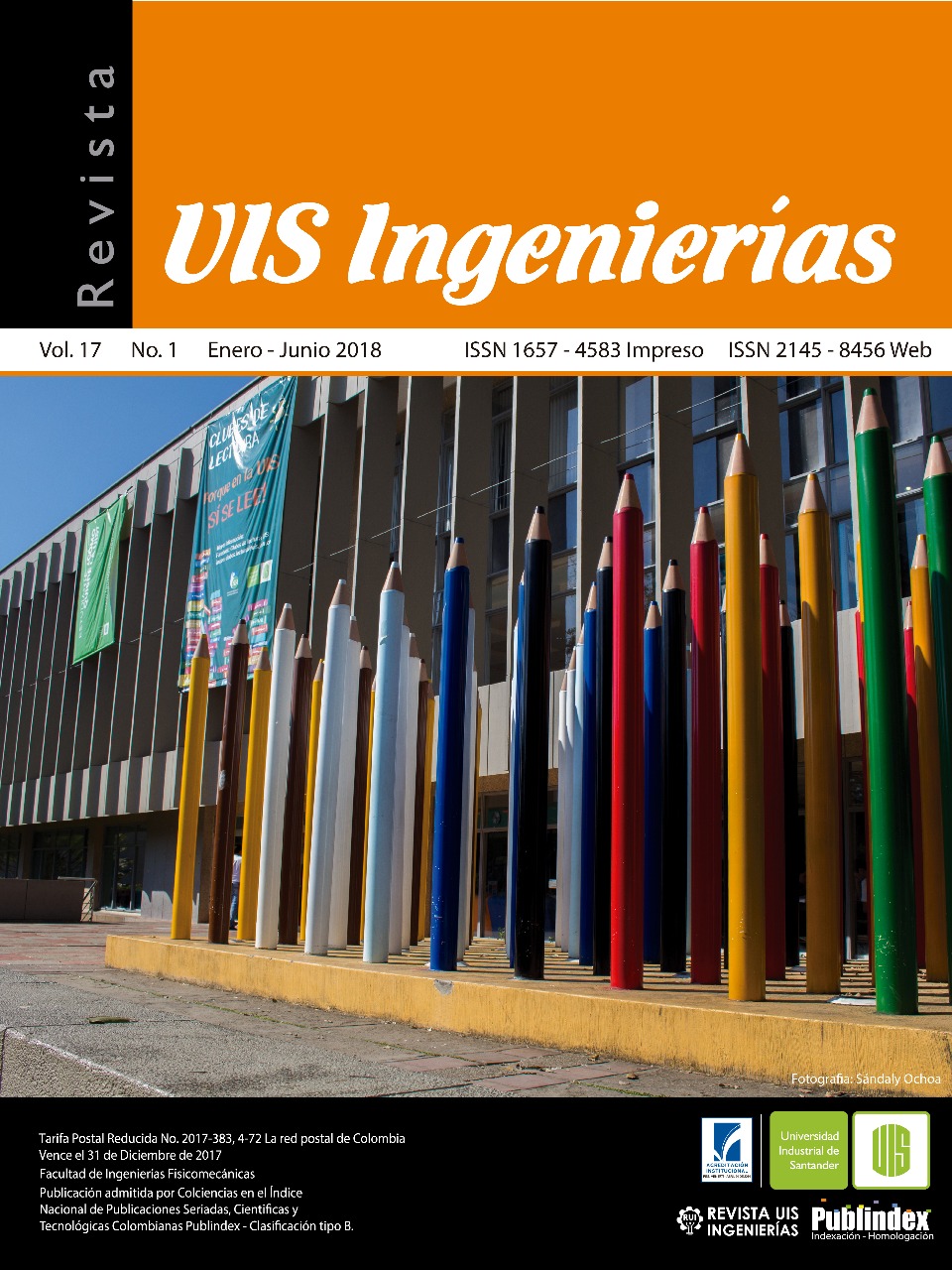Published 2018-01-08
Keywords
- Ergonomics,
- low back stress,
- fruit damage,
- human simulation
How to Cite
Abstract
The aim of this article is to design a Cutting System for Oil-palm fruit bunches to reduce both the low back stress in workers and the damage received by the bunches when impacting the soil. The Oil palm has gained importance around the world because its efficiency in terms of productivity and resources consumption. However this palm can reach 20 meters high with a leaf crown that make difficult to have access to the fruit bunches. Bunches can weigh between 20 and 25 kg, in consequence, workers have to adopt uncomfortable postures that force the body and develop musculoskeletal disorders especially the low back pain. The process of design starts by a field analysis that allows to determinate the way in which workers use tools like Malaysian knife, and the postures that they normally adopt to develop this task. This information was taken to create alternatives and concepts, which were modelled in CAD software and tested through a finite element analysis. The low back stress is reduced trough taking the mass centre of the tool out of the body; this is possible with a new support that carried the cutting tool while workers only manoeuvre to give direction. To reduce the impact energy, it was performed panels around the palm, which offer an elastic deformation, those can adopt the form of a wheelbarrow to make easy its transportation. Through this system workers are able to cut the bunches without perform inappropriate body postures and at the same time, as the mass centre is out of the operator’s body there is no reaction over lumbar discs. Otherwise, as panels produce an elastic deformation while bunch’s collide this increase the time for fruit bunches to reach the soil, for that the deceleration enhance and in this way the collision force is reduced.
Downloads
References
Y. G. Ng et al., "Risk factors of musculoskeletal disorders among oil palm fruit harvesters during early harvesting stage," Annals of agriculture and environmental medicine, vol. 22, no. 2, pp. 285-291, 2015.
N. G. Yee Guan, S. B. Mohd Tamrin, S. Yusoff Irwan, M. Ippei, and H. Zailina, "Ergonomics observation: Harvesting Task at Oil Palm plantation," Journal of occupation health, vol. 55, pp. 405 - 414, 2013.
L. Garzon Castañeda, "Trastornos musculo-esqueléticos y la relacion con la carga posturas asociadas a la labor de cosechero de palma aceitera en una plantación del Meta, Colombia 2015," 2015.
J. A. Romero. La Salud Ocupacional En las plantas de beneficio de Palma de aceite. PALMAS. 8. 2000
P. Kivi and M. Mantilla. Analysis and improvement of work postures in the building industry: application of the computerised OWAS method. Applied ergonomics. 43. 1991 [Online] Available: https://www.ncbi.nlm.nih.gov/pubmed/15676798
T. R. Walters, V. Putz-Anderson, A. Garg, and L. J. Fine. Revised NIOSH equation for the design and evaluation of manual lifting task. Ergonomics. 749, 1993. [Online] Available: https://www.ncbi.nlm.nih.gov/pubmed/8339717
M. Ashby, Materials Selection in Mechanical Design. ELSEVIER, 2005.
J. G. Grzywacz et al. Work organization and musculoskeletal health: Clinical findings from immigrant Latino poultry processing and other manual workers. Journal of Occupational and Environmental Medince. 1001, 2012. [Online] Available: https://www.ncbi.nlm.nih.gov/pubmed/22821071
P. P, M. S, G. DE, C. AB, and C. JP. The influence of skill and low back pain on trunk postures and low back loads of shearers. Ergonomics. 73. 2010.
C. Burnett, N. Lalich, L. MacDonald, and T. Alterman.bWorker Health by Industry and Occupation. Statistics Bol. 2001.

